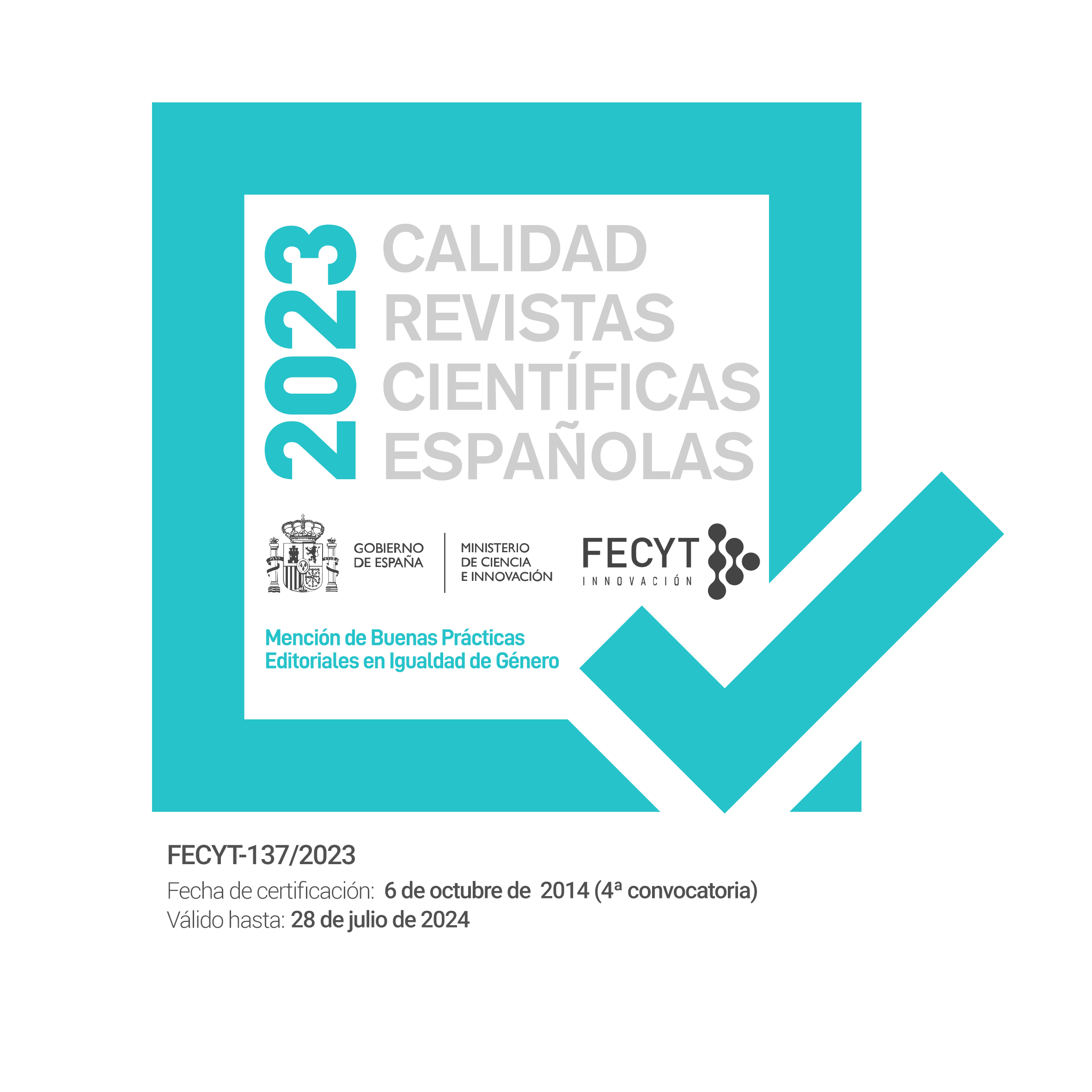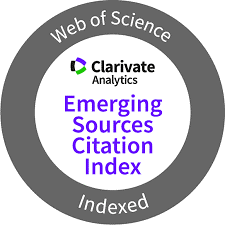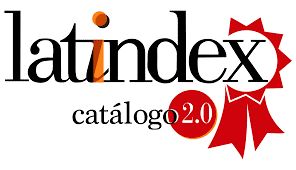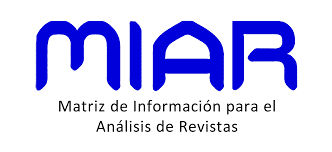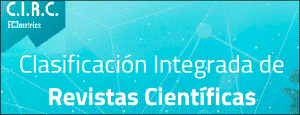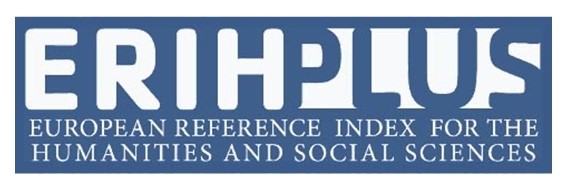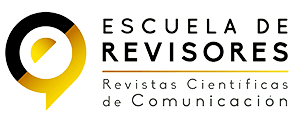La cobertura mediática sobre la Unión Europea y la extrema derecha. Un estudio comparado entre España, Francia e Italia
DOI:
https://doi.org/10.31921/doxacom.n39a2041Palabras clave:
Medios de comunicación, Unión Europea, extrema derecha, cobertura mediática, esfera públicaResumen
La representación parlamentaria de los partidos de extrema derecha crece en varios países de la Unión Europea, en especial después de la Gran Recesión. Ello hace que aumente la atención mediática que reciben. Estos partidos comparten posiciones euroescépticas o de cuestionamiento sobre la idea de integración europea, pero, su auge ¿altera la discusión pública sobre la Unión Europea? Con un análisis de contenido cuantitativo (N=974) llevado a cabo en 6 medios de comunicación: El País y El Mundo (España), Le Monde y Le Figaro (Francia) y el Corriere della Sera y La Repubblica (Italia), la investigación describe y compara la cobertura mediática sobre temas referentes a la Unión Europea antes y después de la Gran Recesión y cómo ha afectado el aumento de la extrema derecha a la esfera pública europea. Los resultados indican que la discusión pública sobre la Unión Europea está en declive y que aumentan los enfoques nacionales y de europeización vertical en coincidencia con una mayor cobertura de la extrema derecha.
Descargas
Citas
Adcock, R., & Collier, D. (2001). Measurement validity: A shared standard for qualitative and quantitative research. American political science review, 529-546.
Allen, T.J. (2015). All in the party family? Comparing far right voters in Western and Post-Communist Europe. Party Politics, 1-12.
Amer, M. A. (2019). Europe in Palestinian Eyes: Palestinian Media Representation of the European Union’s (EU) Role during the 2014 War on Gaza. Journal of the Arab American University. 5(2).
Astier, C., & Errasti, A. (2018). The European crisis of politics: Ethnoreligious pluralism and the rise of radical populism and far-right in Europe. Cuadernos Europeos de Deusto, (59).
Bee, C., & Bozzini, E. (2010). Mapping de European Public Sphere. Routledge.
Bjånesøy, L., Ivarsflaten, E., & Berntzen, L. E. (2023). Public political tolerance of the far right in contemporary Western Europe. West European Politics, 1-24.
Boomgaarden, H. G., & De Vreese, C. H. (2016). Do European elections create a European public sphere. In W. van der Brug & CH de Vreese (Eds.), (Un)intended Consequences of European Parliamentary Elections (19-35). Oxford University Press.
Bozzini, E. (2016). Theoretical Reflections on the Public Sphere in the European Union: A Network of Communication or a Political Community?. In M.van de Steeg (Ed.), Mapping the European Public Sphere (pp. 49-64). Routledge.
Brils, T., Muis, J., & Gaidytė, T. (2022). Dissecting electoral support for the far right: a comparison between mature and post-communist European democracies. Government and Opposition, 57(1), 56-83.
Castells, M. (1997). The Power of Identity. The Information Age: Economy, Society and Culture, Vol. II. Blackwell.
Cerrone, J. (2023). Reconciling national and supranational identities: Civilizationism in European far-right discourse. Perspectives on Politics, 21(3), 951-966.
Couperus, S., Tortola, P. D., & Rensmann, L. (2023). Memory politics of the far right in Europe. European Politics and Society, 24(4), 435-444.
Dahlgren, P. (2006). Doing citizenship: The cultural origins of civic agency in the public sphere. European Journal of Cultural Studies, 9(3), 267-286.
Dalton, R. J., & Berning, C. C. (2022). Ideological polarization and far-right parties in Europe. In Rechtspopulismus in Deutschland: Wahlverhalten in Zeiten politischer Polarisierung (pp. 13-35). Springer Fachmedien Wiesbaden.
Deacon, D. (2007). Yesterday’s papers and today’s technology: Digital newspaper archives and ‘push button’ content analysis. European journal of communication, 22(1), 5-25.
Eriksen, E. O. (2005). An Emerging European Public Sphere. European Journal of Social Theory, 8(3), 341-363.
Eurostat (2019). Culture Statistics Book. European Union.
Fernández-Rovira, C. (2019a). Los problemas de representación política y la socialdemocracia: los casos de España y Francia (2000-2017). (Doctoral dissertation, Universidad Complutense de Madrid).
Fernández-Rovira, C. (2019b). El viaje en la esfera pública europea. El caso del Programa Erasmus. Universitas, 30, pp. 79-95.
Follesdal, A., & Hix, S. (2006). Why there is a democratic deficit in the EU: A response to Majone and Moravcsik. JCMS: Journal of Common Market Studies, 44(3), 533-562.
Gattinara, P. C., & Froio, C. (2019). Getting ‘right’ into the news: grassroots far-right mobilization and media coverage in Italy and France. Comparative European Politics, 17(5), 738-758.
Goenaga, A. (2022). Who cares about the public sphere?. European Journal of Political Research, 61(1), 230-254.
Goffman, E. (1974). Frame Analysis: An Essay on the Organization of Experience. Northeastern University Press.
Golder, M. (2016). Far Right Parties in Europe. Annual Review of Political Science, 19, 477-497.
Habermas, J., Lennox, S., & Lennox, F. (1974). The Public Sphere: An Encyclopedia. New German Critique, (3), 49-55.
Halikiopoulou, D., & Vlandas, T. (2019). What is new and what is nationalist about Europe's new nationalism? Explaining the rise of the far right in Europe. Nations and nationalism, 25(2), 409-434.
Hartzell, S. L. (2018). Alt-White: Conceptualizing the "Alt-Right" as a Rhetorical Bridge between White Nationalism and Mainstream Public Discourse. Journal of Contemporary Rhetoric, 8.
Holsti, O.R. (1969). Content analysis for the social sciences and humanities. Addison-Wesley.
Ince, A. (2019). Fragments of an anti‐fascist geography: Interrogating racism, nationalism, and state power. Geography compass, 13(3), e12420.
Kandyla, A. A., & De Vreese, C. (2011). News media representations of a common EU foreign and security policy. A cross-national content analysis of CFSP coverage in national quality newspapers. Comparative European Politics, 9(1), 52-75.
Koehler, C., Weber, M., & Quiring, O. (2019). I want a savior, not a victim. The impact of media representations of the EU and economic shocks on citizens’ supportive attitudes on the European integration. International Journal of Public Opinion Research, 31(1), 45-69.
Krippendorff, K. (2004). Reliability in content analysis: Some common misconceptions and recommendations. Human communication research, 30(3), 411-433.
Krzyżanowski, M., & Ekström, M. (2022). The normalization of far-right populism and nativist authoritarianism: discursive practices in media, journalism and the wider public sphere/s. Discourse & Society, 33(6), 719-729.
Lalli, P., Macek, J., Amnå, E., Noack, P., Menezes, I., Banaji, S., & Kalmus, V. (2018). CATCH-EyoU: Representation of the EU and Youth Active EU Citizenship in the Media Environment. Web Magazines and Erasmus Case Studies on Social Media. Dataset.
Lazaridis, G., Campani, G., & Benveniste, A. (2016). The Rise of the Far Right in Europe. Palgrave Macmillan Limited.
Masip, P., Ruiz-Caballero, C., & Suau, J. (2019). Active audiences and social discussion on the digital public sphere. Review article. El profesional de la información, 28(2).
Menéndez, A. V. (2010). Media representation of the European Union: Comparing newspaper coverage in France, Spain and the United Kingdom. International Journal of Communication, 4, 18.
Meyer, Martin F. 2005. The Europeanization of National Public Spheres: Political Discourses in Germany, Spain and the United Kingdom. Unpublished MPhil Thesis, University of Cambridge. Available at http://aei.pitt.edu/4047/01/MEYER_-_European_Public_Sphere.pdf
Minkenberg, M. (2017). The Rise of the Radical Right in Eastern Europe: Between Mainstreaming and Radicalization. Georgetown Journal of International Affairs, 18(1), 27-35.
Minkenberg, M. (2019). Montée de la droite radicale en Allemagne et en Europe de l’Est: le passé est à venir. Hérodote, 175 (4), 155-177.
Moravcsik, A. (2004). Is there a ‘democratic deficit’ in world politics? A framework for analysis. Government and opposition, 39(2), 336-363.
Morelock, J. (2018). Critical Theory and Authoritarian Populism. University of Westminister Press.
Müller, J. W. (2016). The EU's Democratic Deficit and the Public Sphere. Current History, 115(779), 83.
Niblock, S., & Machin, D. (2014). News production: Theory and practice. Routledge.
Papaioannou, T., & Gupta, S. (2017). Media Representations of Anti-austerity Protests in the EU: Grievances, Identities and Agency. Routledge.
Riffe, D., Lacy, S., Fico, F., & Watson, B. (2019). Analyzing media messages: Using quantitative content analysis in research. Routledge.
Rivas-de-Roca, R., & García-Gordillo, M. (2022). Understanding the European Public Sphere: a review of pending challenges in research. European politics and society, 23(3), 380-394.
Scammell, M., & Semetko, H. 2018. The Media, Journalism and Democracy. Routledge.
Steinmayr, A. (2017). Did the Refugee Crisis Contribute to the Recent Rise of Far-right Parties in Europe?. DICE Report, 15 (4), 24-27.
Tratado de la Unión Europea, Diario Oficial de la Unión Europea del 30 de marzo de 2010.
Tuchman, G. (1978). Making News. Free Press.
Van Hout, T., & Jacobs, G. (2008). News production theory and practice: Fieldwork notes on power, interaction and agency. Pragmatics, 18(1), 59-85.
Velázquez, T. (2019). El populismo radical de derecha en Europa: discurso, apropiación de significados y desplazamiento de significados. deSignis, 31, 137-155.
Vieten, U. M., & Poynting, S. (2016). Contemporary far-right racist populism in Europe. Journal of Intercultural Studies, (37)6, 533-540.
Von Nordheim, G., Müller, H., & Scheppe, M. (2019). Young, free and biased: A comparison of mainstream and right-wing media coverage of the 2015–16 refugee crisis in German newspapers. Journal of Alternative and Community Media, 4(1), 38-56.
Walter, S. (2017). Three Models of the European Public Sphere: An analysis of the actor structure in EU news. Journalism studies, 18(6), 749-770.
Weber, R. P. (1990). Basic content analysis. Sage.
Descargas
Publicado
Cómo citar
Número
Sección
Licencia
Derechos de autor 2024 Cristina Fernández-Rovira, Ricardo Carniel-Bugs

Esta obra está bajo una licencia internacional Creative Commons Atribución-NoComercial 4.0.



